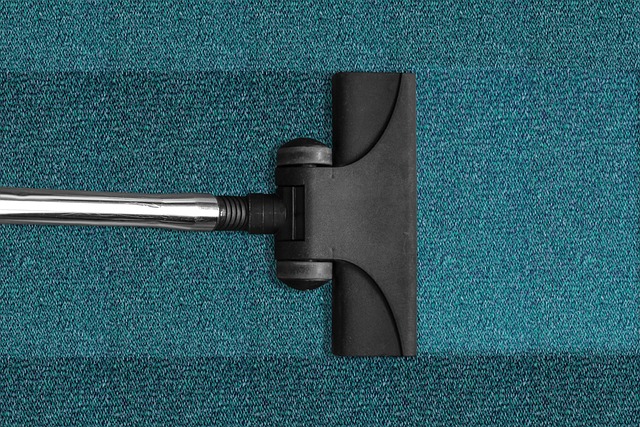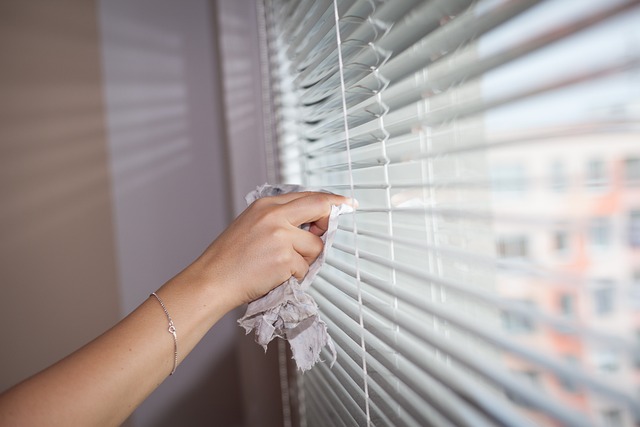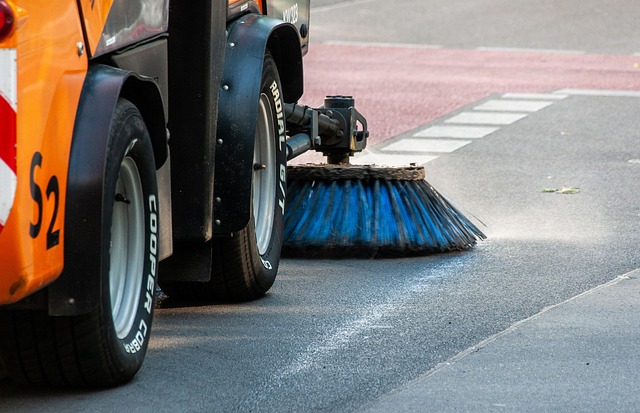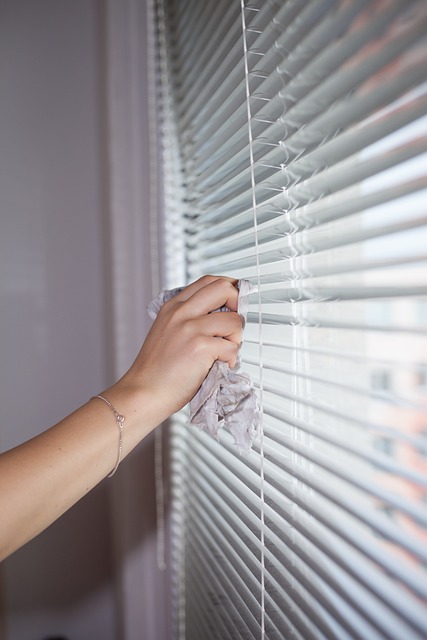Deep cleaning rugs is a crucial home maintenance task that utilizes various methods like hot water extraction (HWE), dry cleaning, and spot treatment based on fabric type. Regular deep cleaning prolongs rug lifespan, improves indoor air quality, and enhances overall well-being. Essential tools include powerful vacuum cleaners, carpet shampoers/solutions, clean water, and microfibers. Techniques vary by material—gentle for wool, aggressive for synthetic fibers—and involve spot testing, following manufacturer instructions, and proper rinsing to prevent damage. Post-cleaning maintenance includes regular vacuuming, traffic area avoidance, spill blotting, entrance mats, and professional cleaning every 1-3 years to preserve rug appearance and lifespan.
Keep your home fresh and inviting with a deep clean of your rugs! This comprehensive guide provides a step-by-step approach to achieving professional results, ensuring your rugs look as good as new. From understanding rug cleaning types and preparing your space to choosing the right tools and techniques for various fabrics, we cover it all. Learn how to tackle common stains and maintain your cleaned rugs for extended durability. Get ready to transform your living spaces with effective deep cleaning methods.
Understanding Rug Cleaning: Types and Importance

Rug cleaning is an essential part of maintaining a hygienic and aesthetically pleasing home, especially for those with deep-pile or high-traffic rugs. Understanding the different types of rug cleaning methods is crucial for effective deep cleaning. Professional rug cleaners often employ several techniques, including hot water extraction (HWE), dry cleaning, and spot treatment, each tailored to specific fabric types and stain removal.
Deep cleaning rugs regularly not only extends their lifespan but also enhances their appearance. It helps remove deeply embedded dirt, dust, allergens, and bacteria, ensuring a healthier living environment. In today’s world, where people spend significant time indoors, maintaining clean rugs is vital for overall well-being.
Tools and Materials Required for Deep Cleaning

Deep cleaning rugs requires specific tools and materials to ensure optimal results. Start with a good vacuum cleaner, designed to handle deep-carpet cleaning effectively. A powerful suction will remove embedded dirt, dust, and debris from the rug’s fibers. Invest in a high-quality carpet shampooer or cleaning solution suitable for deep cleaning. These products are formulated to penetrate and lift stains while also killing bacteria and odors. Don’t forget the importance of clean water; use filtered or distilled water to avoid leaving behind mineral deposits or residues that can damage the rug. Also, gather microfibers or clean cloths, as these will be useful for spot cleaning and drying small sections without causing further damage.
Pre-Cleaning Preparation: Protecting Your Furniture and Surroundings

Before starting any deep cleaning, preparing your space is crucial. Protecting your furniture and surroundings is an essential step in ensuring a successful and efficient deep clean. Remove all breakable items from the area to prevent any accidents or damage during the cleaning process. Cover hard surfaces like tables and countertops with drop cloths or old towels to guard against stains or chemicals used in the cleaning solution. For delicate rugs, consider using protective padding underneath to keep furniture legs from leaving marks and to provide an extra layer of cushioning during the cleaning process. This pre-cleaning preparation ensures a safer and more effective deep clean without causing any damage to your belongings or the rug itself.
Step-by-Step Guide to Deep Cleaning Rugs

Deep cleaning rugs is a necessary task to ensure they remain in pristine condition and extend their lifespan. Here’s a step-by-step guide to help you achieve that:
1. Preparation: Begin by moving all furniture away from the rug to allow for easy access and thorough cleaning. Next, vacuum thoroughly to remove any dirt, dust, or debris on the surface. This initial step is crucial as it prevents particles from becoming embedded in the fibers during deep cleaning.
2. Choose a Cleaning Method: Depending on the rug’s material, you can opt for a professional steam cleaning service or invest in a rug shampooer. For synthetic rugs, steam cleaning is effective and safe. If your rug is made of natural fibers like wool, consider hand washing or using a gentle shampoo to avoid damaging the fibers.
3. Test Cleaning Solution: Before applying any cleaning solution, always spot-test on a small, inconspicuous area of the rug to ensure it doesn’t cause discoloration or damage. This step is vital to prevent unwanted outcomes and ensure your rug retains its original beauty.
4. Apply and Scrub: Follow the manufacturer’s instructions for your chosen cleaning method. Typically, you’ll apply a generous amount of cleaning solution directly onto the rug, allowing it to saturate the fibers. Then, use a stiff brush or scrubber to gently agitate the solution, ensuring it penetrates deep into the pile.
5. Rinse and Dry: After scrubbing, thoroughly rinse the area with clean water, removing all soap residue. Ensure excess moisture is removed by spreading out the rug in a well-ventilated area or using fans to speed up the drying process. Properly dried rugs are less prone to mold or mildew issues.
Techniques for Different Rug Fabrics

When it comes to deep cleaning rugs, different fabric types require unique techniques for optimal results. For instance, wool rugs need a gentle touch due to their natural fibers. A professional cleaner might use a low-moisture method, applying a specialized shampoo and gently agitating the rug with a soft brush before carefully extracting the excess solution. This approach ensures the wool’s integrity is maintained while removing deep-seated dirt.
On the other hand, synthetic rugs, often made from nylon or polyester, can withstand more aggressive cleaning. These materials are less susceptible to water damage, making it possible to use hotter water and stronger detergents. Techniques like hot water extraction, where powerful machines inject heated water into the rug to dislodge debris, are effective for synthetic fibers. This method quickly dries, leaving the rug clean and fresh without risking any shrinkage or color fading.
Dealing with Common Stains on Rugs

Post-Cleaning Care and Maintenance Tips

After a deep cleaning, proper care and maintenance are essential to keep your rugs looking their best for longer. Here are some simple tips to help maintain that just-cleaned look: regularly vacuum your rug to remove dirt and debris trapped in the fibers. Avoid frequent or heavy traffic areas to prevent wear and tear. For spills, act quickly – blot the liquid with a clean cloth or paper towel, don’t rub. This prevents the stain from setting deeper. Consider using protective mats at entryways to reduce the amount of dirt tracked into your home. Lastly, have your rug professionally cleaned every 1-3 years depending on usage and traffic to ensure optimal hygiene and preservation.
Regular deep cleaning cycles in conjunction with these maintenance practices will extend the life of your rugs while maintaining their appearance and texture. Remember, proper care after deep cleaning is key to keeping your investment looking vibrant for years to come.
